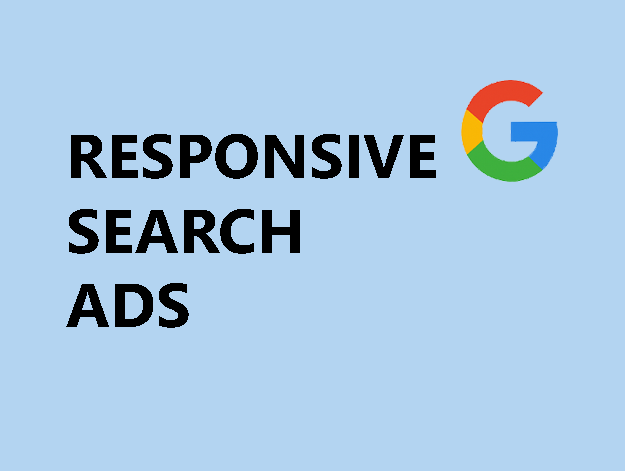Responsive Search Ads (RSAs) have become the default ad type in Google Search campaigns — and in 2025, they’re more powerful than ever. For NZ and AU advertisers, RSAs now represent not just a creative format, but a performance lever that drives results at scale.
But with automation doing most of the heavy lifting, how can marketers maintain control, stand out from competitors, and ensure that RSAs convert?
This guide breaks down what’s changed, how to optimise for real results, and what top advertisers are doing to stay ahead.
What’s Changed in 2025
- Pinning is now discouraged unless strategic (e.g. legal requirements)
- Google has expanded performance insights per headline and description
- Ad strength is increasingly linked to auction-time performance, not static rules
- RSAs work better when paired with robust audience signals and value rules
How RSAs Actually Work Now
RSAs serve different combinations of your 15 headlines and 4 descriptions based on what the algorithm believes will perform best in each auction. This decision is influenced by device, query intent, user behaviour, and historical ad engagement.
In short: your RSA is only as good as your inputs — and your signals.
Best Practices to Maximise RSA Performance
1. Write for Modularity
Each headline and description should work alone and in combination. Avoid duplication or overly similar phrases.
2. Use Keyword Themes Naturally
Google still rewards query relevance. Incorporate your top intent-driven keywords into a few headlines — but don’t overdo exact matches.
3. Emphasise Unique Value
Think like a landing page. Highlight offers, guarantees, awards, benefits, and local advantages.
4. Leverage Ad Strength — But Don’t Obsess
Strive for ‘Good’ or ‘Excellent’ strength but remember that strong creative testing beats chasing a label.
5. Test and Refresh Monthly
Replace underperforming headlines and track ad engagement in platform reports and GA4 behaviour.
Case Study – NZ Trade Services Company
An Auckland-based electrical firm revamped its RSAs after analysing top-converting combinations. By introducing service-specific USPs, geo-targeted offers, and benefit-driven language, they improved CTR by 36% and reduced cost-per-lead by 29% in 45 days.
Key takeaway: strong structure + message variety = better learning and more leads.
What to Avoid
- Over-pinning headlines, which restricts ad delivery
- Using generic, interchangeable phrases (e.g. ‘Top Quality Service’)
- Letting RSAs run for months without rotation or creative testing
- Ignoring audience signals in campaign settings
Final Thoughts
Responsive Search Ads are no longer optional — they’re the engine of Google Search campaigns in 2025. But maximising their potential takes more than just ticking boxes.
It requires intentional creative input, sharp audience strategy, and regular optimisation — all grounded in what real NZ and AU users respond to.
Metrics Media partners with NZ and AU advertisers to build high-performing RSA strategies that convert.
📧 Book your RSA audit today: info@metricsmedia.co.nz



